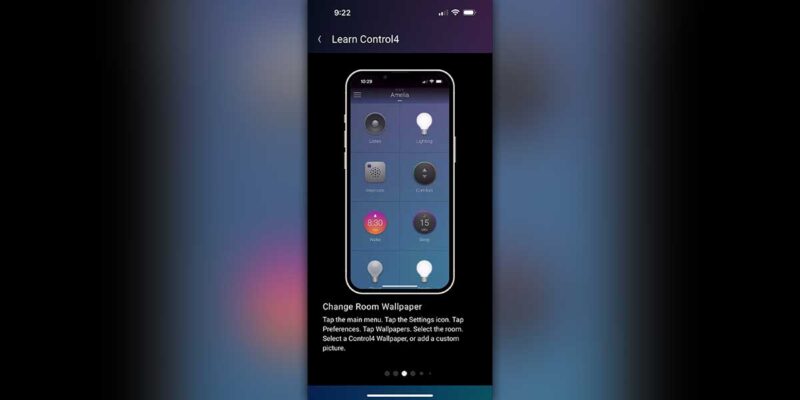The Rise of the Cloud and Networked Software and the Realities of Embedded Infrastructure
“It’s all going to be in the cloud” — that’s what researchers seem to be saying to the whole AV/IT world. Let’s dive into the hardware vs. software debate, for things are not always what they seem.
Indeed, technologies like digital signage storage/retrieval and security archives are already on or are migrating to some conglomeration of cloud or cloud-based platforms. However, the reality of cloud services is a bit different than the rose-colored viewpoint presented by cloud-based purveyors.
What seems to be lost, or at least partially ignored, in this whole debate is the value of the existing massive infrastructure investment both in hardware and facilities. The build-out of data-centric capabilities continues to expand at a record pace, but there is a disconnect between the two competing methods of getting to the desired endpoint.
If the cloud is the method of choice, then the client/user/facility must take into consideration what it’s giving up from a control, ownership and security standpoint. Understanding the dozens of subtle nuances of this choice can be extremely difficult, even for highly knowledgeable and skilled IT professionals.
If your own company or your client(s) is part of the majority of customers who do not have the extensive, in-depth IT knowledge and resources in-house, this process becomes even more difficult.
Lack of Solid Modeling Options
Unfortunately, there is no stable and reliable analytical model that allows for a valid comparison between the cloud and any other solution — there is not a clear winner in hardware vs. software, at least not generally. The technology is evolving too quickly and fluidly for it to be compared to anything else.
If the choice is to build out more conventional hardware-based capabilities as a cloud alternative, the company should factor in upfront costs, ongoing maintenance and upgrade budgets into the bottom line. On the plus side, it’s considerably easier to cost estimate this type of design. However, the speed of technological change and product development can render a plan or product choice obsolete overnight. The vast size of the globally-based parts supply chain market makes it virtually impossible to ensure that a choice made today will still be available when the actual hardware has to be acquired.
Two Sides (Hardware vs. Software), Multiple Choices
Either way, there are issues to be evaluated and costs to be determined, managed and considered.
If you’re the integrator/system supplier who has to present the case for making this choice between hardware vs. software to a client, how do you equitably explain the information in a way that allows this client to form a logical decision tree?
First: Pick a Solution
It would be ideal to offer either option to a potential customer. However, this customer is likely already swayed toward one of these primary pathways. The customer often equally bases this opinion on what their existing in-place infrastructure is and what their capacities for change are.
Generally speaking, the newer the company or facility, the more likely its employees are to consider a cloud or hybrid cloud-based solution. Why? It’s simply a practical, hardware-driven choice. If there is no large-scale, hardware plant/structure, it is far easier to consider the cloud as an available option. No embedded costs need to be calculated. No life cycle hardware costs are needed. Finally, and most importantly, no commitment has to be made to a particular format.
While the IT industry wants the business world to believe that interoperability and cross-platform comparability are not significant issues, the realities of deployment almost always prove this to be wrong. Regardless of the primary vendor(s) chosen and irrespective of the underlying software and topology required, the likelihood of services being 100% flexible across all platforms is far from a certainty. With this caveat in mind, it may be easier to make a specific recommendation for a particular customer or facility.
By doing your homework, gathering sufficient information on what is already in place and determining what internal capabilities a client may or may not possess, you can realistically determine two key things:
- Which pathway makes the most sense for that facility, i.e., cloud or embedded infrastructure (hardware vs. software). Once you know what is already in use, this choice should be obvious.
- What internal IT resources the user has or plans to acquire before deployment of any new system or upgrade. The quantity of staff and resources currently being committed to IT overhead tells you whether the company can add staff or if its higher-ups want to invest in the costs of maintaining control and ownership.
A Cautionary Note
While the above guidelines are logical and viable, there is no absolute pathway through the IT/cloud/infrastructure swamp. There is solid ground for sure, but there is also considerable quicksand waiting to trap the unwary in a spiraling and costly technological dead end. Before climbing onto the high IT diving board, be sure to know the depth of the water in the pool (and have a life preserver, i.e., a back-up plan in place).
Oh… and good luck — this is undoubtedly a complex segment of the industry. Perhaps, in the future, we will develop solutions that stand the test of time. However, for the moment, stay focused and watch the technological horizon carefully. Change will arrive faster than you can imagine.






